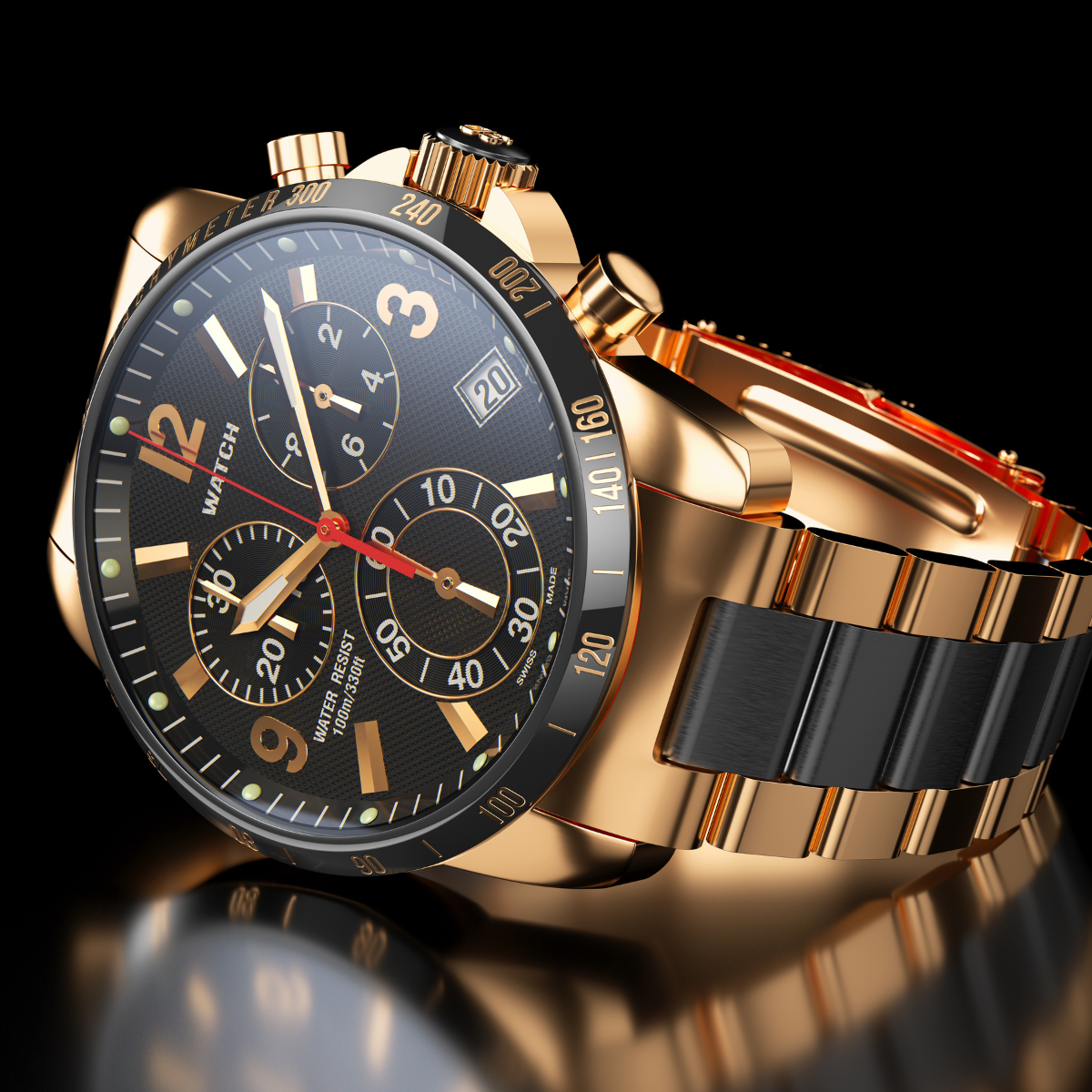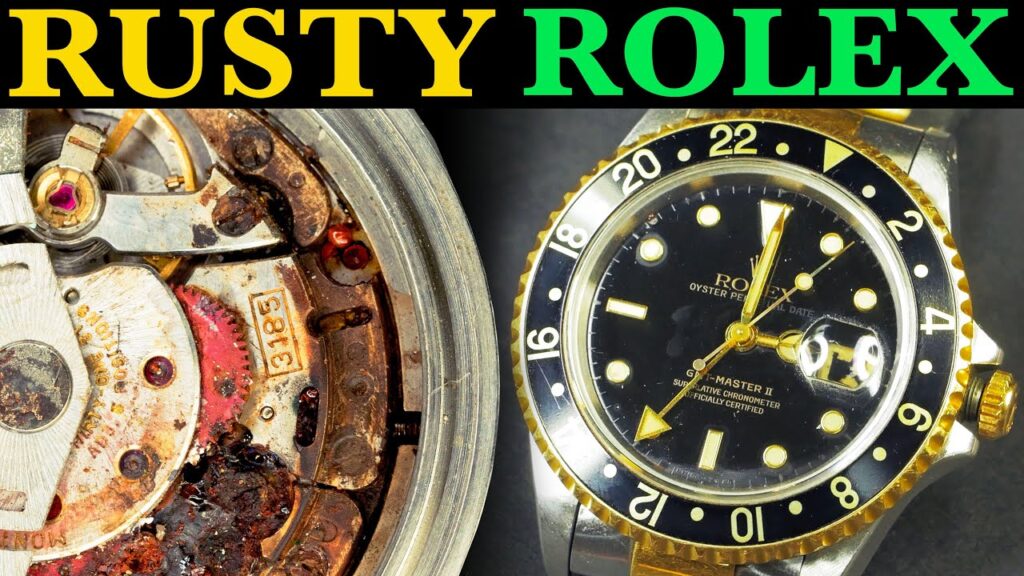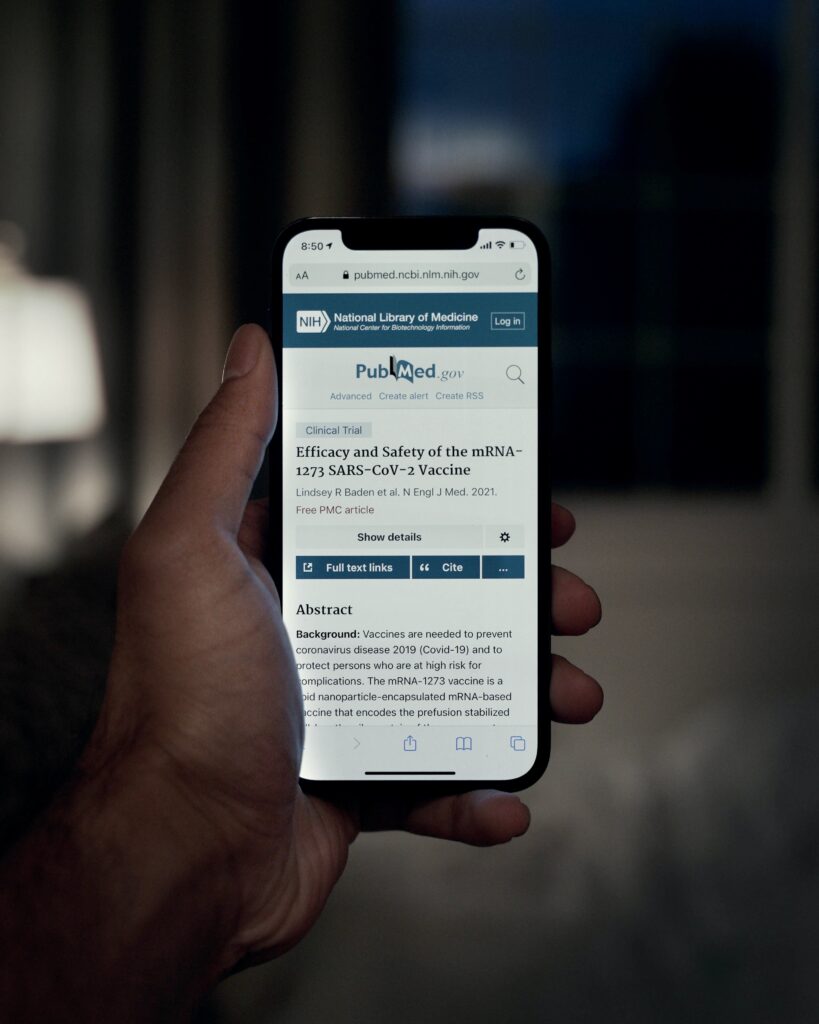
The article focuses on the restoration of a water-damaged 1996 GMT Master II Rolex watch by Nicholas Hacko, a master watchmaker. The process of restoring the watch took three weeks, including recording and editing the restoration journey, with the video later being uploaded to YouTube. The watch suffered severe rust damage after being soaked in water for two years, resulting in the preservation of only eight out of nearly 100 internal parts. However, the main challenge was to preserve the mainplate, which holds all the components together and bears the Rolex serial number, preserving the watch’s identity. Through painstaking efforts, including soaking the mainplate in vinegar to remove rust, replacing broken screws and jewels, and rhodium plating, the mainplate was restored to its original condition, leaving viewers astonished at the transformation.
The article also clarifies the concept of restoration and distinguishes it from regular maintenance. Restoration refers to the act or process of returning something to its earlier good condition, which involves fixing a broken watch and restoring it to its original working order. Regular maintenance, on the other hand, focuses on keeping a watch in good working condition by ensuring it performs well until the next scheduled maintenance. The article addresses misunderstandings from viewers who expected all rusted parts to be individually restored, emphasizing that finely machined rusted watch parts are generally not designed to be restored, except for the mainplate in some cases. The restoration process is highly time-consuming and requires careful attention to detail. However, the availability of Rolex spare parts poses a challenge for future restorations, making this particular restoration video potentially titled as “The last Rolex restoration.”
Click Here To Read About Seiko Watches and Rolex Watches!
Restoration Process
Understanding Restoration
Restoration is the process of returning an object to its original or earlier good condition. In the world of horology, restoration refers to the meticulous repair and refurbishment of timepieces, such as luxury watches, to bring them back to their former glory. The goal of restoration is not just to make the watch functional again, but also to restore its aesthetic appeal and value.
Difference between Restoration and Regular Maintenance
While regular maintenance focuses on keeping a watch in good working order through routine cleaning, lubrication, and adjustment, restoration goes a step further. Restoration is required when a watch has significant damage, such as a rusted mainplate or broken components that need replacement. It involves the careful disassembly, repair, and reassembly of the watch to ensure its functionality and visual appeal are fully restored.
Challenges in Restoration
Restoration work, particularly on vintage watches, is not without its challenges. The limited availability of original spare parts, the delicate nature of the restoration process, and the need for expert craftsmanship all contribute to the complexity of the task. The restoration of a Rolex GMT Master II, for example, requires specialized knowledge and skills to address the unique challenges posed by this particular model.
Mainplate Restoration
One of the critical aspects of the restoration process is the mainplate restoration. The mainplate, also known as the base plate, is a vital component in the movement of a watch. It serves as the foundation upon which all other mechanisms are built. Restoring the mainplate involves preserving and repairing this crucial part of the watch to ensure its optimal functioning.
Rolex GMT Master II Restoration
Background of the Watch
The Rolex GMT Master II is a renowned timepiece introduced in 1983, building upon the success and legacy of its predecessor, the GMT Master. Manufactured in 1996, the particular watch under restoration possesses historical significance, as it represents the craftsmanship and design of that era.
Extent of Damage
Upon inspection, it was evident that the watch had suffered extensive damage over the years. The most significant issue was the presence of rust on the mainplate. This corrosion not only affected its visual appeal but also posed a risk to the working components of the watch.
Preserving the Mainplate
Preserving the mainplate was of utmost importance in this restoration project. The aim was to save as much of the original plate as possible while still addressing the issues caused by the rust. By carefully disassembling the watch and removing the components from the mainplate, the restoration expert could proceed with the next steps.
Soaking the Mainplate in Vinegar
A vital part of the restoration process involved soaking the mainplate in vinegar. This technique, often used to remove rust from metal, had to be applied with great care. The mainplate was submerged in vinegar for a specific period, allowing the acidic properties of the vinegar to break down the rust and facilitate its removal without causing any damage to the underlying structure.
Removing Rust and Broken Screws
Once the mainplate had undergone the vinegar soak, the rust and debris were carefully removed. This required meticulous attention to detail to ensure that no remaining traces of rust or broken screws were left behind. Any compromised or irreparable components were identified for replacement, ensuring the watch’s longevity and proper functionality.
Inserting New Jewels and Posts
To restore the pristine condition of the watch, new jewels and posts were meticulously inserted into the mainplate. These small yet crucial parts had to be perfectly aligned and fitted to ensure the smooth operation of the watch’s movement. The restoration expert’s expertise and precision were essential in this stage of the restoration process.
Rhodium Plating the Mainplate
To further enhance the visual appeal and protect the mainplate from future corrosion, the decision was made to rhodium plate the surface. Rhodium plating, a technique commonly used in watchmaking, involves applying a thin layer of rhodium over the base metal. This process not only provides a lustrous finish but also acts as a protective barrier against tarnishing and corrosion.
Results of the Restoration
The restoration of the Rolex GMT Master II yielded remarkable results. The once-rusted and damaged mainplate had been meticulously restored, breathing new life into the timepiece. Its movement was smooth, and the visual aesthetics were restored to their original splendor. The watch now stood as a testament to the skill and craftsmanship of the restoration expert.

Click Here To See More Luxury Watches.
Availability of Rolex Spare Parts
Current State of Supply
Obtaining original spare parts for luxury watches, particularly for vintage models, can be a daunting task. Rolex, being a prestigious brand with a rich history, has limited quantities of spare parts available. The scarcity of components poses a challenge for watchmakers and restoration experts, as they strive to maintain the authenticity and integrity of each timepiece.
Impact on Restoration Work
The limited availability of original Rolex spare parts can significantly impact the restoration process. Watchmakers may need to source alternative solutions or seek out similar components from other reputable manufacturers. While these alternatives may offer functional replacements, they may not perfectly match the original parts in terms of aesthetics and branding.
Dependence on Spare Parts Availability
The success of a restoration project heavily relies on the availability of genuine Rolex spare parts. The unavailability of crucial components can hinder the progress of a restoration, potentially leading to compromises in the final outcome. Dependence on spare parts availability is a constant challenge and demands resourcefulness and expertise from restoration experts.
The Last Rolex Restoration
Limited Availability of Parts
The restoration of the Rolex GMT Master II discussed earlier serves as a poignant reminder of the challenges faced by watchmakers. As time progresses and vintage Rolex timepieces become even rarer, the supply of original spare parts dwindles further. This limited availability poses a significant hurdle in the restoration journey, sometimes resulting in the closure of iconic chapters in the world of horology.
Future Challenges for Watchmakers
The scarcity of original spare parts not only affects current restoration projects but also sets the stage for future challenges for watchmakers. As the inventory of genuine components diminishes, watchmakers will need to rely on their ingenuity and creativity to find suitable alternatives to maintain the beauty and functionality of these prestigious timepieces. This necessitates a forward-thinking approach and continuous innovation within the field.
Closing a Chapter
The scarcity of original spare parts and the challenges faced during restoration projects mark the closure of an era in Rolex restoration. The restoration journey of the Rolex GMT Master II examined in this article serves as a testament to the dedication and skill required to restore luxury timepieces to their former glory. As the availability of original parts becomes increasingly limited, watchmakers will be tasked with preserving and maintaining the existing historic watches, cherishing the legacy they represent.

Understanding Restoration
Defining Restoration
Restoration can be defined as the process of returning an object to its original or earlier good condition. In the context of watches, restoration encompasses the comprehensive repair and refurbishment of timepieces to ensure their optimal functionality and aesthetic appeal.
Returning to Earlier Good Condition
The essence of restoration lies in the commitment to returning a watch to its earlier good condition. Whether it be addressing rusted components, replacing broken parts, or rejuvenating the visual appearance, the restoration process aims to breathe new life into a timepiece while maintaining its authenticity.
Difference between Restoration and Regular Maintenance
Repairing Broken Watches
Regular maintenance primarily involves routine procedures to keep watches in good working order. This includes tasks such as cleaning, lubrication, and adjustment of the watch’s movement. By contrast, restoration focuses on repairing watches that have sustained significant damage, such as corrosion or broken components.
Maintaining Working Watches
While restoration brings watches back to their previous condition, regular maintenance seeks to maintain watches that are already in good working order. Maintenance ensures that a watch continues to function optimally by addressing wear and tear, preventing potential problems, and preserving the watch’s longevity.

Challenges in Restoration
Rusted Out Watch Parts
One of the most common challenges in watch restoration is dealing with rusted out watch parts. Rust not only affects the watch’s aesthetic appeal but can also compromise its functionality. Removing rusted components and addressing the underlying damage requires meticulous attention to detail and expertise.
Mainplate Restoration Difficulty
Restoring the mainplate is often considered one of the most challenging aspects of watch restoration. The mainplate serves as the foundation for the watch’s movement, and any damage or corrosion can significantly impact its performance. The intricate nature of the mainplate restoration calls for skilled craftsmanship and utmost care to ensure the preservation of this crucial component.
Time-consuming and Delicate Process
Watch restoration is a time-consuming and delicate process that demands precision and patience. Each restoration project requires thorough disassembly, careful analysis of the damaged parts, and skillful execution of the necessary repairs. From sourcing alternative components to meticulously reassembling the watch, every step requires unwavering attention to detail and expertise.
Mainplate Restoration
Purpose of the Mainplate
The mainplate, also referred to as the base plate, serves as the foundation of a watch’s movement. It provides support and stability to the various components and mechanisms within the watch. The mainplate plays a crucial role in ensuring the accuracy and smooth operation of the timepiece.
Restoration Process
Restoring the mainplate involves a step-by-step process to address any damage or corrosion it may have suffered. This process typically includes careful disassembly of the watch, soaking the mainplate in vinegar to remove rust, meticulously removing any remaining rust or broken screws, and inserting new jewels and posts where necessary.
Role of Steel Pins, Jewels, and Posts
Steel pins, jewels, and posts play a vital role in the restoration of the mainplate. Steel pins help secure the various components in place, ensuring proper alignment and functionality. Jewels act as bearings, reducing friction and allowing for smooth movement. Posts provide stability and support for the jewels and other components, contributing to the watch’s overall performance.
Importance of Great Care and Time
Restoring the mainplate requires great care and precision. Each step of the process must be executed meticulously to ensure the mainplate is restored to its optimal condition. Rushing or overlooking any aspects of the restoration can compromise the watch’s functionality and visual appeal. With patience and attention to detail, the mainplate can be restored, breathing new life into the timepiece.

Background of the Watch
1996 Rolex GMT Master II
The watch under restoration, a 1996 Rolex GMT Master II, represents a significant era in the history of Rolex timepieces. Manufactured during this period, the watch carries the distinctive design and craftsmanship emblematic of that time.
Soaking in Water and Storage
Over the years, the watch had been subjected to adverse conditions that led to its current state of damage. Exposure to water and improper storage had caused significant rust and corrosion throughout its movement. However, through the restoration process, the aim was to rectify these issues and bring the watch back to life.
Extent of Rust Damage
The extent of rust damage on the watch was remarkable. The mainplate, in particular, had suffered from corrosion due to prolonged exposure to moisture. The rust had eaten away at the surface, compromising the integrity of the mainplate and affecting the overall functionality of the watch. Addressing and resolving the rust damage became a key focus in the restoration project.
Closing a Chapter
End of Rolex Restoration Era
The restoration of the Rolex GMT Master II signifies the end of an era in Rolex restoration. As vintage Rolex watches become scarcer, the availability of original spare parts diminishes further. The challenges faced during this restoration project highlight the complexities and constraints that watchmakers encounter in preserving the legacy of these iconic timepieces.
Reflections on Restoration Journey
The restoration of the Rolex GMT Master II serves as a significant milestone in the restoration journey. It reinforces the importance of craftsmanship, expertise, and resourcefulness in overcoming the challenges faced in restoring luxury watches. While the scarcity of original spare parts presents future obstacles, it also paves the way for innovative solutions and the continued preservation of horological history.
Is The Rolex Submariner Better – Click Here to Learn More!

